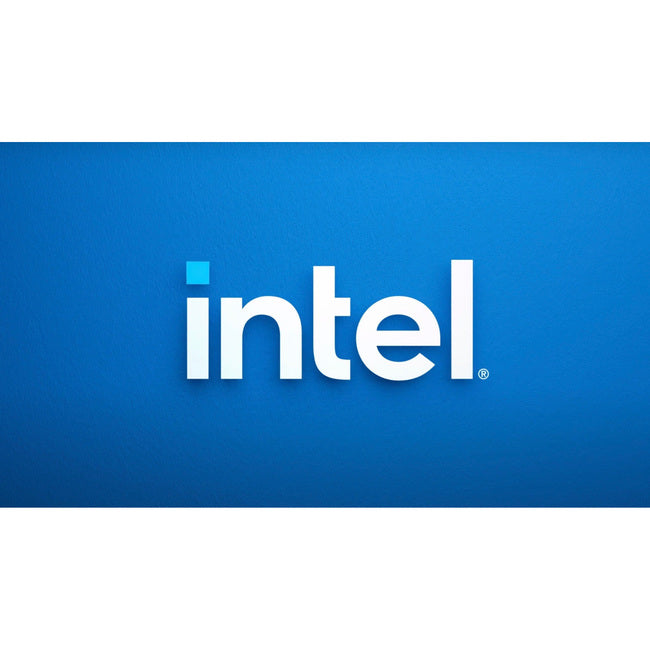Intel Ethernet Server Adapter I210 I210T1
Intel Ethernet Server Adapter I210 I210T1
Stock bas : 29 restant(s)
For a custom quote please email sales@ziestech.com
The Intel® Ethernet Server Adapter I210 builds on Intel's history of excellence in Ethernet Products. This adapter represents the next step in the Gigabit Ethernet (GbE) networking evolution for the enterprise and data centers offering Audio-Video-Bridging (AVB) support, along with power management technologies such as Energy Efficient Ethernet (EEE) and DMA Coalescing (DMAC).
Audio-Video Bridging (AVB)
The Intel® Ethernet Server Adapter I210 supports IEEE 802.1Qav Audio-Video Bridging (AVB) for customers requiring tightly controlled media stream synchronization, buffering, and reservation. The 802.1Qav is part of the AVB specification that provides a way to guarantee bounded latency and latency variation for time sensitive traffic and includes:
- Timing and synchronization for time-specific applications (802.1AS) Stream Reservation (SR) protocol to guarantee the resources needed for Audio/Video (AV) streams (802.1Qat)
- Forwarding and queueing enhancements for time sensitive streams (802.1Qav).
Performance Optimization
The I210 contains four transmit and four receive queues. These queues offer Error Correcting Memory (ECC) protection for improved data reliability. The adapter efficiently manages packets with minimum latency by combining parallel and pipelined logic architectures optimized for these independent transmit and receive queues. These queues, combined with Receive Side Scaling (RSS) and Message Signal Interrupt Extension (MSI-X) support, optimize the performance on servers with multi-core processors.
Power Management Technologies
Intel has introduced new, Advanced Power Management Technologies (PMTs) that enable enterprises to configure power options on the adapter and more effectively manage power consumption.
Energy Efficient Ethernet (EEE)
Supports the IEEE802.3az Energy Efficient Ethernet (EEE) standard. During periods of low network activity, EEE reduces the power consumption of an Ethernet connection by negotiating with a compliant EEE switch port to transition to a low power idle (LPI) state.
The controller power is reduced by approximately 50 percent of its normal operating power, saving power on the network port and the switch port. When increased network traffic is detected, the controller and the switch quickly come back to full power to handle the increased network traffic. EEE is supported for both 1000BASE-T and 100BASE-TX.
DMA Coalescing
Another power management technology that can reduce power on the server platform is DMA Coalescing (DMAC). Typically, when a packet arrives at the adapter, a DMA request is initiated in order to place the packet into host (or server) memory. This transaction wakes up the processor, memory, and other system components from a lower power state in order to perform the tasks required to handle the incoming packet.
- The Intel Ethernet I210 Series implements a signed firmware authenticated capability to verify the firmware and critical device settings with built-in detection of corruption.
- Reliable and proven Gigabit Ethernet technology from Intel Corporation
- High-performing design supporting PCI Express* Gen 2.1 2.5GT/s
- IEEE 802.1Qav Audio-Video-Bridging (AVB) for tightly controlled media stream syn- chronization, buffering, and reservation
- Low-halogen1 single-port PCI-Express* 10/100/1000 Ethernet adapter
- Innovative power management features including Energy Efficient Ethernet (EEE), DMA Coalescing, ultra-compact design, and a unique ventilated bracket for increased efficiency and reduced power consumption
Partager


